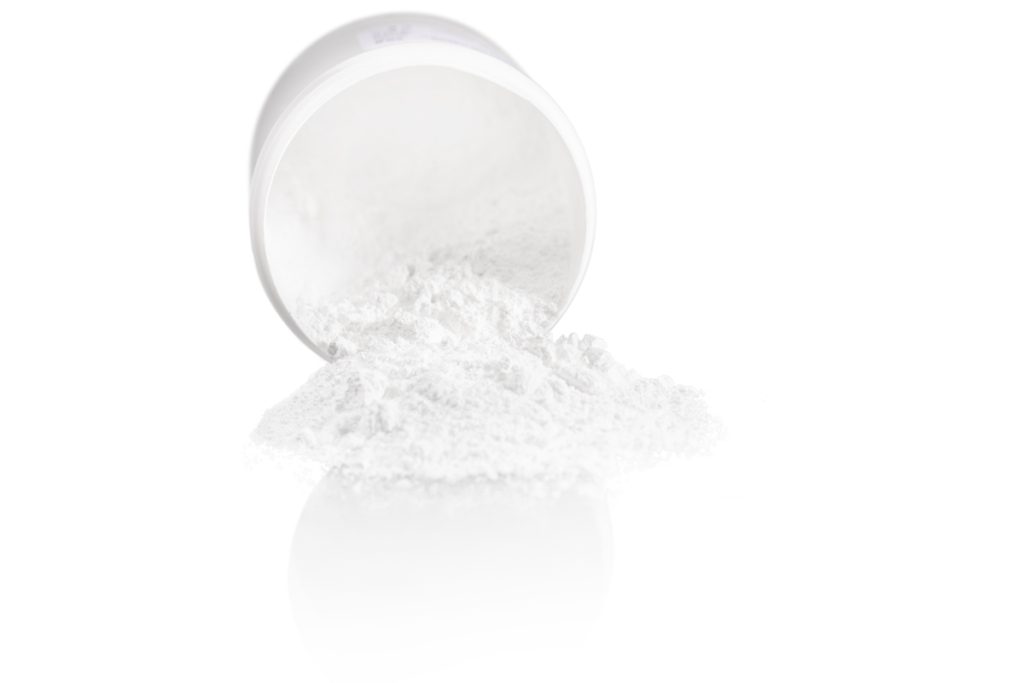Production technology of high-quality calcium hydroxide

Calcium hydroxide, commonly known as hydrated lime, has a chemical formula of Ca(OH)2. Generally in powder form, it will lose water and become calcium oxide (quicklime) at 580°C under normal pressure. Calcium hydroxide is slightly soluble in water, and its solubility decreases as the temperature increases. The colorless and transparent solution obtained by dissolving in water is commonly known as clear lime water. A milky suspension composed of calcium hydroxide and water is called milk of lime.
Dry calcium hydroxide production process: qualified quicklime is crushed by a jaw crusher. It is sent into the lime silo via bucket elevator and bin-type vibrating conveyor. The lime in the silo is quantitatively added to the hydrated lime pre-digester through star-shaped feeding, and is initially digested under strong stirring by the stirring rod, and then enters the digester to complete the digestion process. The digested lime is input into the slaked lime silo by the slaked lime elevator and the inlet screw conveyor, and then the qualified refined slaked lime is obtained by the ash adding spiral air separator. The refined slaked lime is unloaded into the finished slaked lime silo and then packaged according to user needs. During the dry digestion reaction, the organizational structure changes, causing Ca(OH)2 to form a loose powder, with the volume increasing to 1.5 to 2.0 times the original volume. The product and raw materials have better fluidity, so the dry digestion process can be used in water. The high conversion rate reaction of quicklime can be achieved under the condition of low ash ratio (mass ratio of water to lime).
Calcium hydroxide applications
(1) Flame retardant materials
Calcium hydroxide powder is widely used as a filler in polymer materials. Adding calcium hydroxide to polymer materials can improve the thermal stability and flame retardant properties of composite materials; calcium hydroxide is alkaline and can react with hydrogen chloride (HCl) released when PVC is thermally decomposed, eliminating the degradation of PVC by hydrogen chloride. The autocatalytic effect of the process has a certain thermal stabilization effect.
(2) Degradable polymer materials
Calcium hydroxide can be used as an auxiliary agent for environmental absorption of plastics. It has dechlorination, cracking and alkaline degradation effects on the decomposition of plastics.
(3) Wastewater treatment
The role of calcium hydroxide in wastewater can be basically summarized into four aspects: neutralizing free acids in wastewater, neutralizing acid salts in wastewater, reacting with metal ions to produce water-insoluble precipitates, and adjusting the pH of wastewater. value.
(4) Desulfurizer
In the calcium hydroxide-gypsum wet desulfurization process, the flue gas comes into contact with the Ca(OH)2 absorption liquid over a large area, so that the SO2 in the flue gas dissolves in water and reacts with the calcium hydroxide slurry to form calcium sulfite, which is then blown in Under the condition of a large amount of air, calcium sulfite is oxidized to generate CaS (V2H2O), thereby achieving the purpose of reducing SO2 in the flue gas. In the calcium desulfurization process, calcium ions are actually involved in the sulfur fixation. Calcium carbonate, calcium oxide, and calcium hydroxide can all be used as desulfurization agents.
(5) Medical and health care
Calcium hydroxide is used for disinfection in a variety of places, such as scientific research, laboratories, medicine, factories, etc. It has a long history of use in clinical medicine.
(6) Food processing
Adding a certain amount of food-grade calcium hydroxide to milk powder can not only adjust the pH value of the milk powder and promote the rapid dissolution of the milk powder in water, but also supplement calcium.
